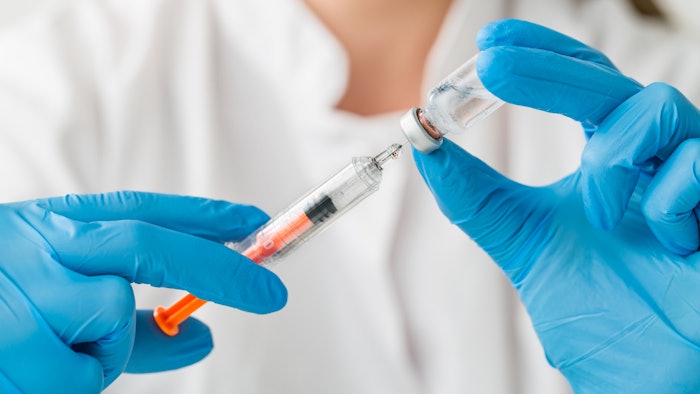
GoodFirms, a globally renowned research, ratings and reviews platform, released its research report, "Global Medical Aesthetics Market: Challenges, Trends, Scope, & Future." The study aims to identify the key driving factors, top ongoing trends, and challenges in the medical aesthetics industry.
The report also revealed the future scope and opportunities in aesthetics technology, along with a detailed overview of how the market is currently witnessing massive innovations and user acceptance transformations.
Multiple factors driving the medical aesthetics market include: new-age painless procedures, advanced devices, fractional resurfacing, third-generation ultrasound-assisted Lipoplasty, advanced skin imaging and acceptance of botulinum toxins, hyaluronic acids fillers and more.
"In recent years, the market is seeing a quick emergence of new medical aesthetics companies specializing in related products and services," said GoodFirms. "North America currently dominates medical aesthetics treatments in terms of adoption, customer base and treatment options."
Related: 8 Expert Predictions for the Growing Aesthetic Market in 2023
Medical Aesthetic Trend Highlights
GoodFirms' research highlighted the trends in medical aesthetics including: a focus on healthy aging and overall wellness, preference for minimally invasive treatments, demand for bespoke treatments, the rise of medical tourism in aesthetics, lifting of medical aesthetics related taboos due to awareness, and consumers researching online to select the most suitable medical aesthetics provider.
Along with the top trends, the study also revealed the challenges medical practitioners face. These challenges include staff availability issues, sudden inspections from authorities, after-procedure complications and customer complaints.
Furthermore, the survey revealed that the future of the medical aesthetic industry is set to experience significant growth in the coming years. There is a growing trend of people looking for cosmetic procedures to help improve their appearance, and the medical aesthetics industry is well-positioned to meet this demand.
VR, AR, Artificial Intelligence (AI), CAD, Telemedicine, and IoT are emerging technologies that improve the accuracy and efficiency of medical aesthetics procedures, making them more precise and less invasive. Through advanced research into factors such as skin tone, body shape, and fat distribution, medical practitioners can find better ways to improve a patient's appearance and overall health.
Key Findings
- This field has become increasingly important as people become more aware of issues like obesity and aging and look for ways to tackle them.
- In recent years, there has been growing recognition of the healthcare benefits of physical appearance.
- The availability of low-cost alternatives for necessary procedures, such as Botox, fillers, etc., will further contribute to the growth of medical aesthetics with more inclusion.
- Risks of complications, the need for post-procedure care, and the cost of treatments are the top challenges faced by medical aesthetics customers and patients.
- Scarcity of estheticians, regulatory issues, ethical issues, and high competition are top challenges the medical aesthetics industry faces currently.
- No surgery requirements in most procedures are conducive to growth.











